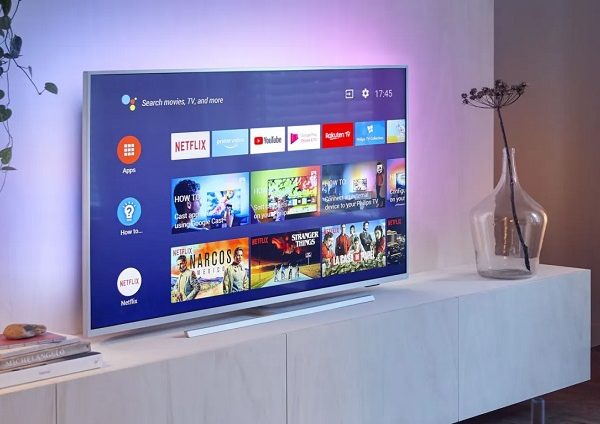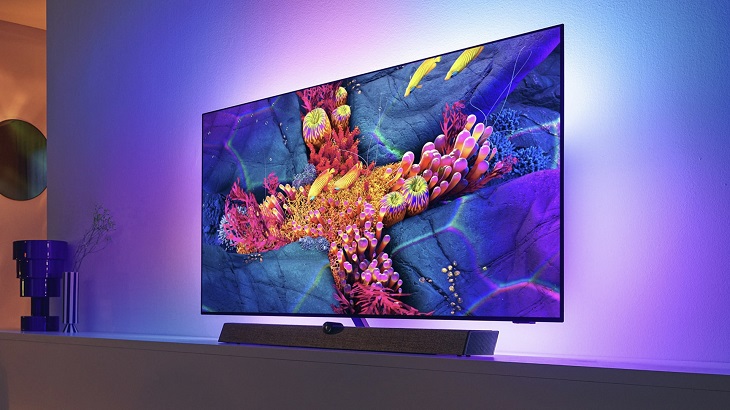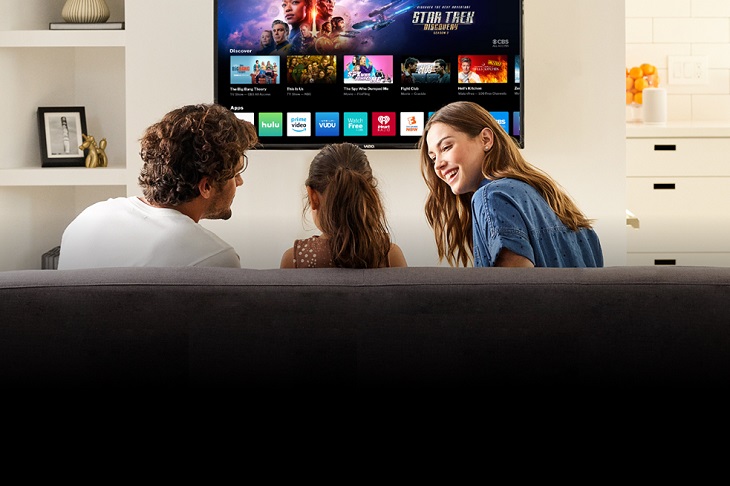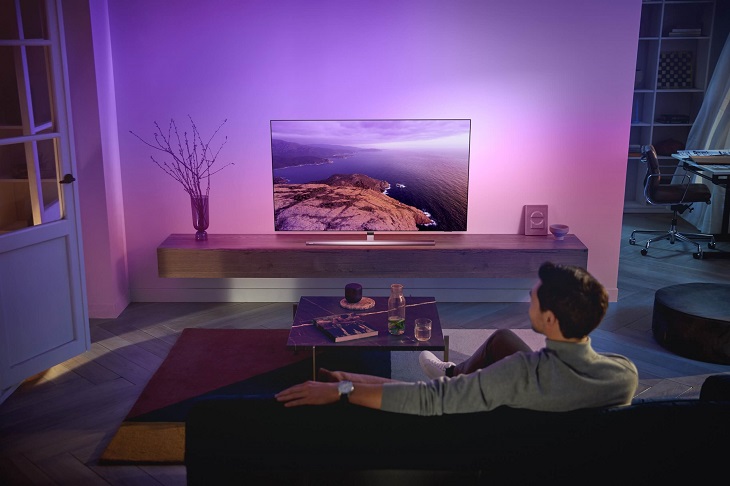06
Jul

Television in itself has changed quite a bit but the devices that we watch it on have also gone on such a path as they have become a lot more functional with the introduction of the internet. Although this didn’t happen straight away, nowadays almost all TVs are smart TVs. But what actually defines a smart TV? Well, first of all, it’s the ability to showcase more content than just what’s being broadcasted either through an antenna or cable.
You can stream content on a smart TV that you can find on the internet and not just on a USB drive. You can also connect your smartphone to it and stream video straight from your phone. Bluetooth speakers and headphones can be connected to smart TVs as well as your smart home products.

What has also been praised so much and has become the standard for today’s TVs is 4K resolution. With a smart 4K TV, you can see more detail than you would with a 1080p TV. This is because there are more pixels per square inch and thus you can buy a 4K smart TV with a sharper image. This is especially noticeable when looking at aerial footage or video of a crowd at a match.
4K resolution also brings better image depth. Since there are double the number of pixels found on a 1080p TV. This is because you can see more detail even if a picture or video is made from a long distance and thus you can see objects that are farther away more clearly.
The same goes for colour as you have more information about the shade and hue of a certain colour on the screen of a smart 4K TV. More pixels on a screen means the display can render colours more seamlessly so you won’t see small blocks of colour randomly appearing for a split second.
If you’re a big fan of watching 3D movies, then you’ll love smart 4K TVs. Especially when it comes to the passive method of the 3D format which comes out with reduced resolution. Since 4K resolution is so high this effect is not going to be as noticeable and thus you’ll enjoy watching your favourite movie the way you want to do so the most.

Smart 4K TVs start at 40 inches and go up and that refers to the display size. But the size of the room you’ll want to have your 4K TV in will also play a role in its display size. You see, the bigger the room, the bigger the TV you’ll be able to enjoy having as you’ll need more distance between you and the device. This is because it won’t be as immersive of an experience if you’re viewing too far away or too close.
When it comes to displays, there are different types of displays a smart TV can have. There are LED, QLED and OLED TVs.
LED Smart TVs are the most common noways as they are more affordable and rather bright too. Don’t expect to have the best image quality with such a TV.
QLED TVs are much like LED TVs but they have an additional “quantum dot” layer that makes the screen even brighter and makes for a broader colour volume.
OLED smart 4K TVs are the future of screens as they are able to control individual pixels. This technology makes for better colour representation and it also shows deep black better.
The TV’s refresh rate has a lot to do with how sharp other standard options but it won’t make for as fluid of a viewing experience as one with a 120 Hz refresh rate. The higher the refresh rate the more frames are rendered in a second which makes for smoother motion which s especially noticeable when playing games.

Another piece of technology that will make your viewing experience more immersive is HDR. High dynamic range is the standard that supports HDR content which makes colours pop without sacrificing shadows and highlights. There is HDR10, HDR10+ and Dolby Vision. HDR10 is the most common standard but it’s not as good as HDR10+ or Dolby Vision which is considered the best as it provides the most natural image you can buy a 4K smart TV with.
Sound quality depends on an external device when it comes to most smart TVs since they are too thin to house quality speakers. Therefore you’ll probably want to connect a soundbar to it and the best way to do so is with either HDMI ARC or eARC. The only difference between these two solutions is that e latter supports more high-quality formats like Dolby Atmos and DTS:X.
The number and types of ports matter even on a smart TV. You should aim to have 2 or more HMDI ports as well as USB ports despite your TV being able to connect to your Wi-Fi network. This will make it more versatile especially when you want to stream something from your laptop, when using a set-top box or to connect a gaming console to it.